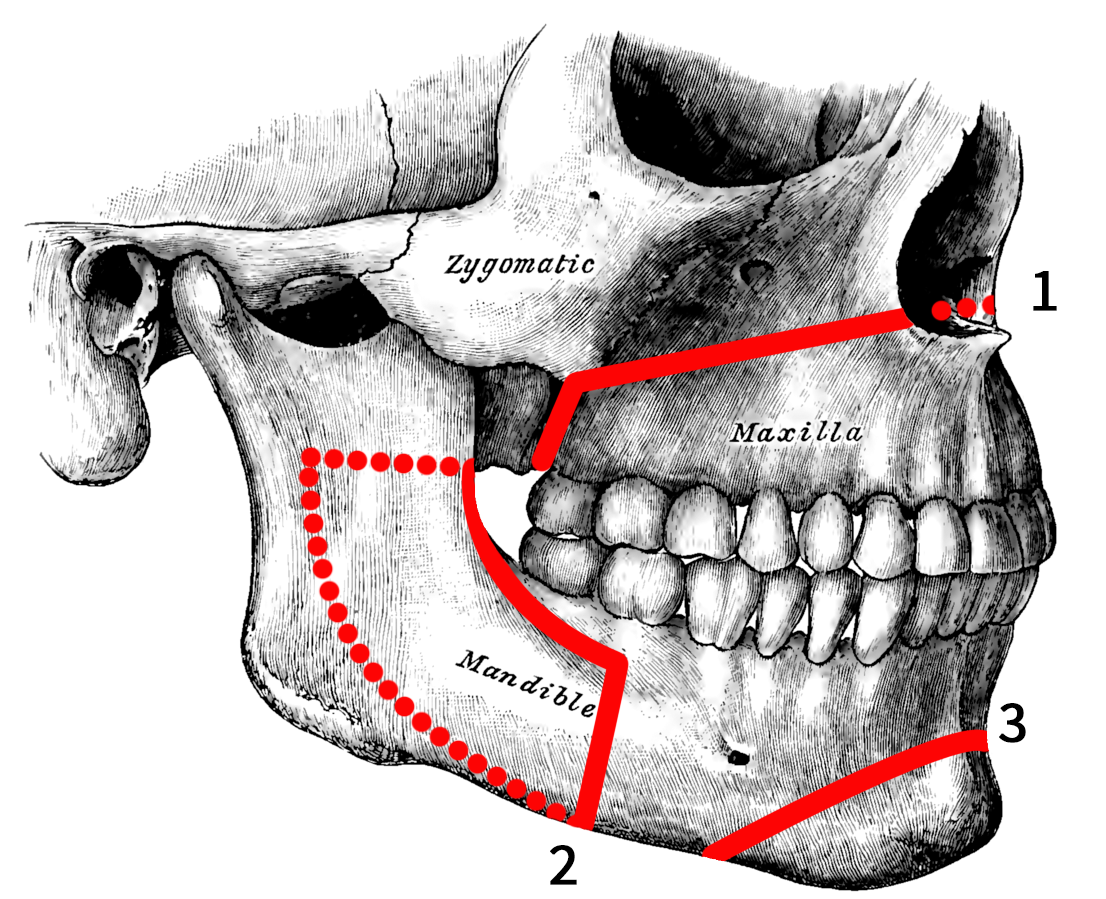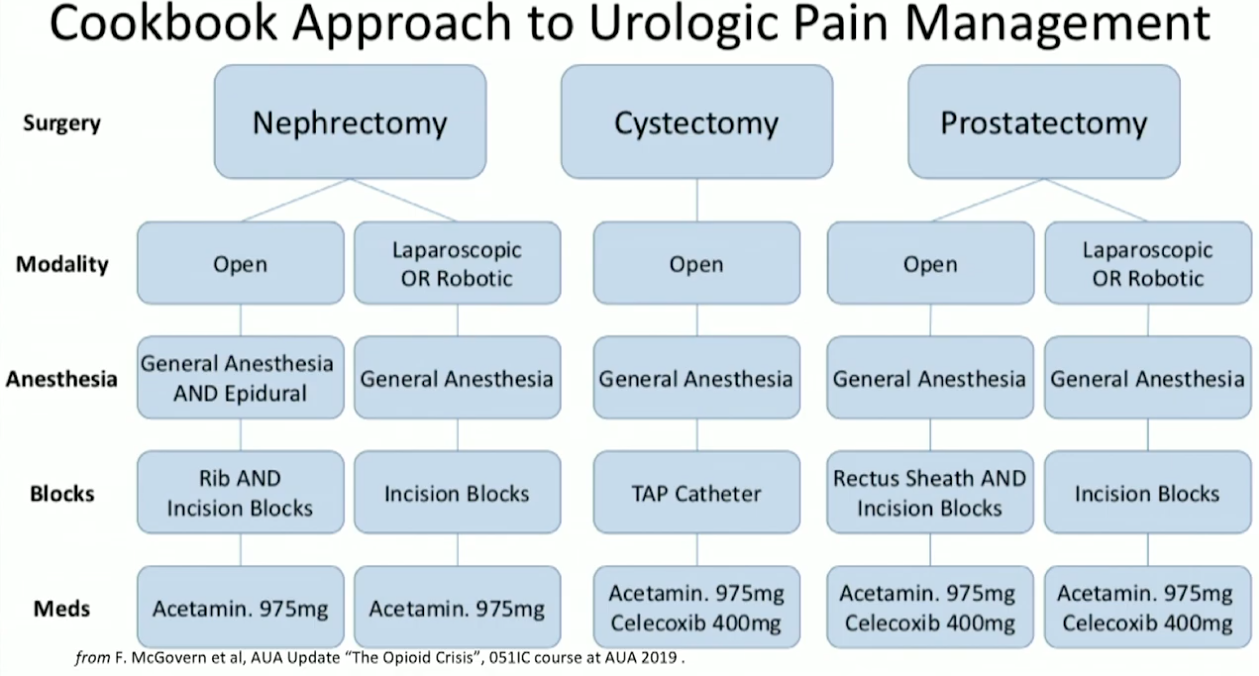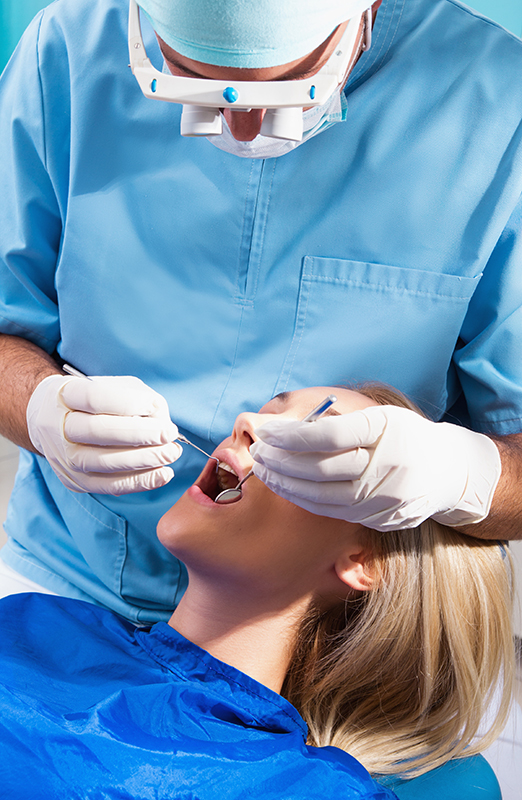Introduction
Jaw surgery, also known as orthognathic surgery, is a procedure performed to correct various abnormalities or misalignments of the jaw. It is a complex surgical process that involves repositioning the upper and/or lower jaw to improve functionality and aesthetics. This blog post aims to provide a comprehensive understanding of the jaw surgery process, including its indications, preparation, procedure, and recovery.
1. Initial Consultation
Before undergoing jaw surgery, it is crucial to schedule an initial consultation with an oral and maxillofacial surgeon. During this appointment, the surgeon will evaluate your condition, discuss your concerns, and determine if jaw surgery is the right option for you. They will also explain the entire process, including the risks and benefits involved.
2. Pre-Surgical Preparation
Prior to the surgery, you will undergo a series of pre-surgical preparations. This may include dental impressions, X-rays, photographs, and computerized imaging to create a detailed treatment plan. Your surgeon will work closely with an orthodontist to ensure that your teeth are properly aligned before the surgery.
3. Anesthesia

Jaw surgery is typically performed under general anesthesia, ensuring that you are completely unconscious and pain-free throughout the procedure. An anesthesiologist will administer the anesthesia and monitor your vital signs during the surgery.
4. Incisions and Access
Once you are under anesthesia, the surgeon will make incisions inside your mouth to access the jawbones. This approach eliminates the need for external incisions, minimizing visible scarring. The surgeon will carefully separate the jawbones to gain access to the underlying structures.
5. Repositioning the Jaw
The next step involves repositioning the jawbones to correct the specific issue. This may include moving the upper jaw forward or backward, repositioning the lower jaw, or a combination of both. The surgeon will use specialized instruments and techniques to ensure precise alignment.
6. Fixation
After repositioning the jawbones, the surgeon will secure them in their new position using small titanium plates, screws, or wires. This fixation provides stability and allows the bones to heal properly.
Summary
Jaw surgery, or orthognathic surgery, is a surgical procedure used to correct jaw abnormalities and misalignments. It is performed to improve both the functionality and appearance of the jaw. This blog post will guide you through the entire process of jaw surgery, from understanding its indication s to the recovery phase. By the end, you will have a better understanding of what to expect if you or someone you know is considering jaw surgery.
- Q: What is jaw surgery?
- A: Jaw surgery, also known as orthognathic surgery, is a procedure performed to correct various abnormalities or misalignments of the jaw.
- Q: Why is jaw surgery necessary?
- A: Jaw surgery may be necessary to improve chewing, biting, and speaking functions, correct facial imbalances, treat sleep apnea, or alleviate jaw pain.
- Q: How is jaw surgery performed?
- A: Jaw surgery is typically performed under general anesthesia. The surgeon makes incisions inside the mouth to access the jawbones, and then repositions or reshapes them as needed.
- Q: What is the recovery process like?
- A: The recovery process varies for each individual, but it generally involves a few weeks of swelling, discomfort, and a modified diet. Full recovery may take several months.
- Q: Are there any risks or complications associated with jaw surgery?
- A: As with any surgical procedure, there are risks involved. Potential complications include infection, bleeding, nerve damage, and adverse reactions to anesthesia. However, these risks are relatively rare.
- Q: How long does the surgery take?
- A: The duration of jaw surgery depends on the complexity of the case, but it typically lasts between two to four hours.
- Q: Will I need braces before or after jaw surgery?
- A: Braces are often used in conjunction with jaw surgery to align the teeth properly. Your orthodontist will determine the need for braces and the timeline for their use.
- Q: Will jaw surgery result in visible scarring?
- A: Since the incisions for jaw surgery are made inside the mouth, there are no visible external scars.
- Q: How long will the results of jaw surgery last?
- A: The results of jaw surgery are typically permanent, although natural aging processes may affect the appearance of the face over time.
- Q: Will jaw surgery be covered by insurance?
- A: In many cases, jaw surgery is considered a medical necessity and




